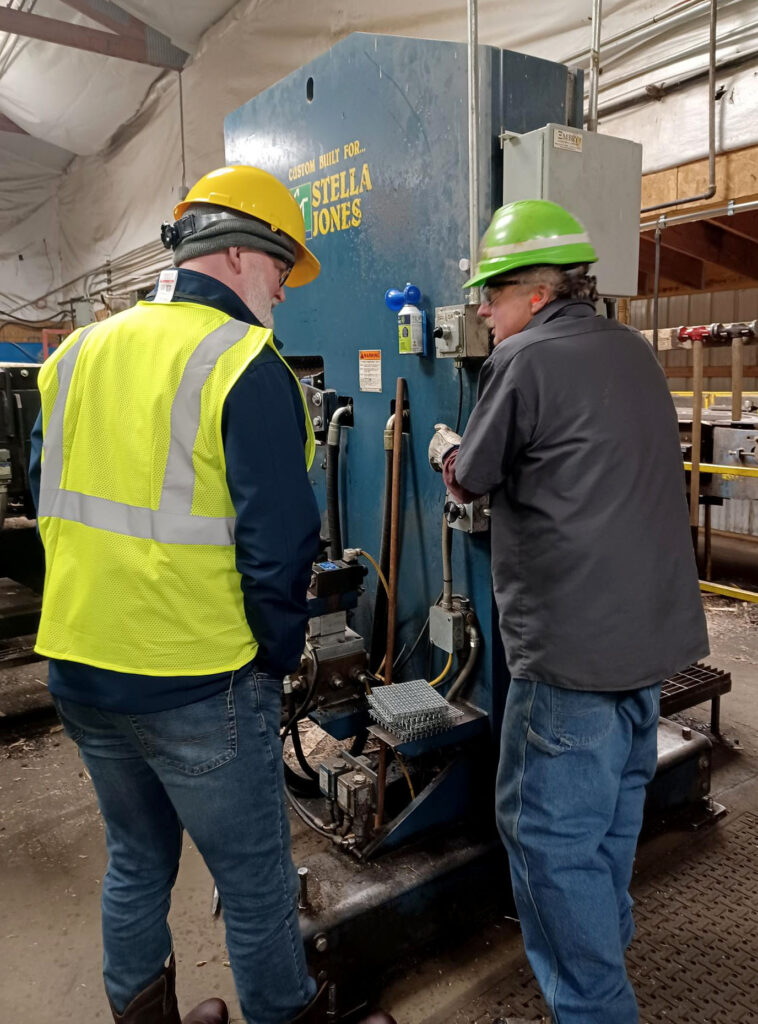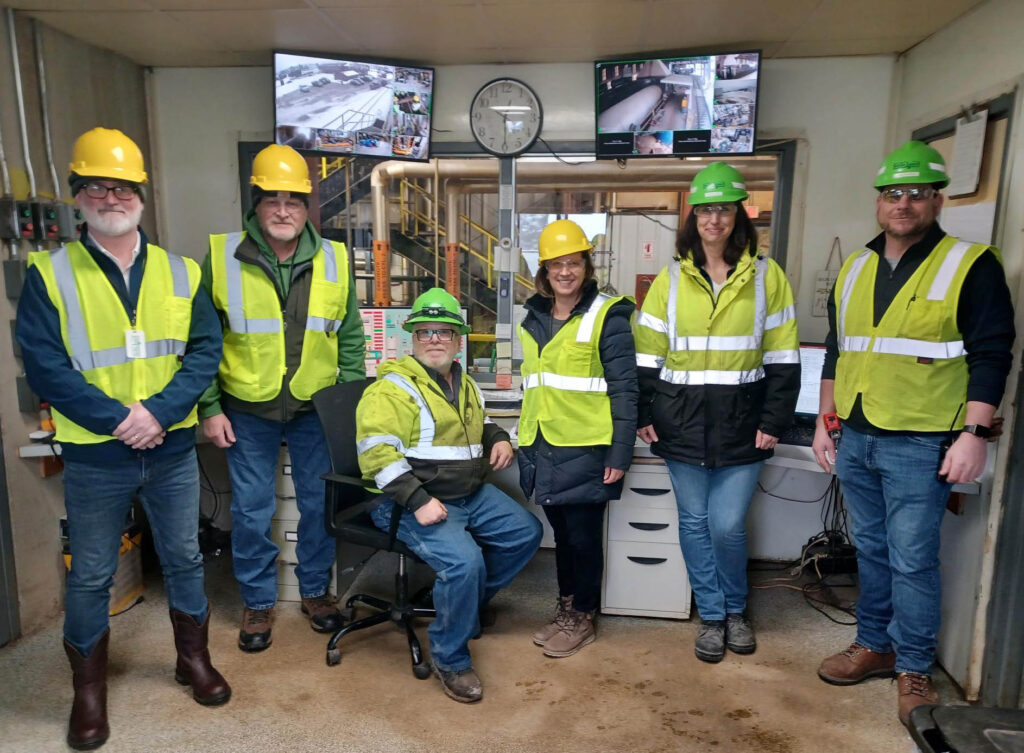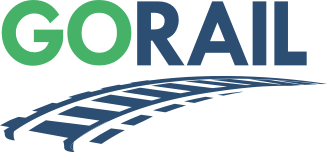House Transportation and Infrastructure Committee member visits Stella-Jones’ railway tie manufacturing facility in Bangor, Wisconsin.

Bangor, Wisconsin — U.S. Representative Derrick Van Orden joined officials from the Stella-Jones Corporation on Tuesday for a firsthand look at the operations of the company’s Wisconsin facility, which treats between 1-1.6 million railroad ties annually. Stella- Jones is a key company in the development, growth, and maintenance of North America’s railroad infrastructure, helping to supply the continent’s demand for railway ties and timbers with up to 10 million pressure-treated wooden crossties per year.
Led by Stella-Jones, and joined by local officials and non-profit GoRail, the Congressman was able to view the plant’s production floor, including the cylinders where railway ties are treated. Railway ties are a critical component of the rail system’s infrastructure.
“The freight rail industry is critical to Wisconsin and the entire country’s economy, connecting businesses in the Third District to national and global markets,” said Rep. Van Orden. “If the railroad stops, America stops. As a member of the House Transportation and Infrastructure Committee as well as the House Committee on Agriculture, I am well aware of the importance that a safe and vibrant rail industry plays in moving the economy, and it’s especially instructive to see how this industry is supported locally by businesses like Stella Jones.”
Across Stella-Jones’ 45 North American facilities, they produce wooden railway ties, utility poles and residential lumber products. The Bangor facility, which supports 86 jobs, receives raw material from over 100 sawmills. They not only supply to railroads, but are also customers of the railroads, with 40-50% of production going out by rail car with direct service by CPKC and another access point to CN Railway an hour North via truck.
“We are proud to be joined by Rep. Van Orden to demonstrate our work here, its value to this community, and how it’s in support of a much larger industry that is critical to how our economy functions. Our facility has been in the rail business for over five decades and while railroading has evolved, its role in supporting jobs and development has remained the same,” said Stella-Jones Director of Operations Liz Russell.

The group discussed how rail suppliers like Stella-Jones help the railroad industry innovate. They make the locomotives, railcars, components, equipment, technologies, and services that have given the United States the world’s safest, most efficient, and productive freight rail network.
The group also discussed how federal policies decided in Washington impact railroads and their suppliers, as well as the communities and businesses they support at the local level. As Congress deliberates legislation affecting railroad operations, GoRail urges policymakers to prioritize a data-driven approach that encourages private sector investment in the rail network. Regressive legislation requiring railroads to lock in present-day operational systems and practices would stifle investment and innovation, undercutting rail service and safety. In turn, suppliers and the vast economy tied to railroad operations would suffer.
“Working together, North America’s six Class I railroads and 603 short line and regional railroads move the economy, including 40% of U.S. long distance freight and a third of U.S. exports,” said Emily Traiforos, Wisconsin State Director for GoRail. “It’s vital that railroads can continue to invest in and improve their operations to meet increased demand and changing customer needs in the future.”
In Wisconsin, nine freight railroads maintain 3,482 track miles and employ over 2,700.


